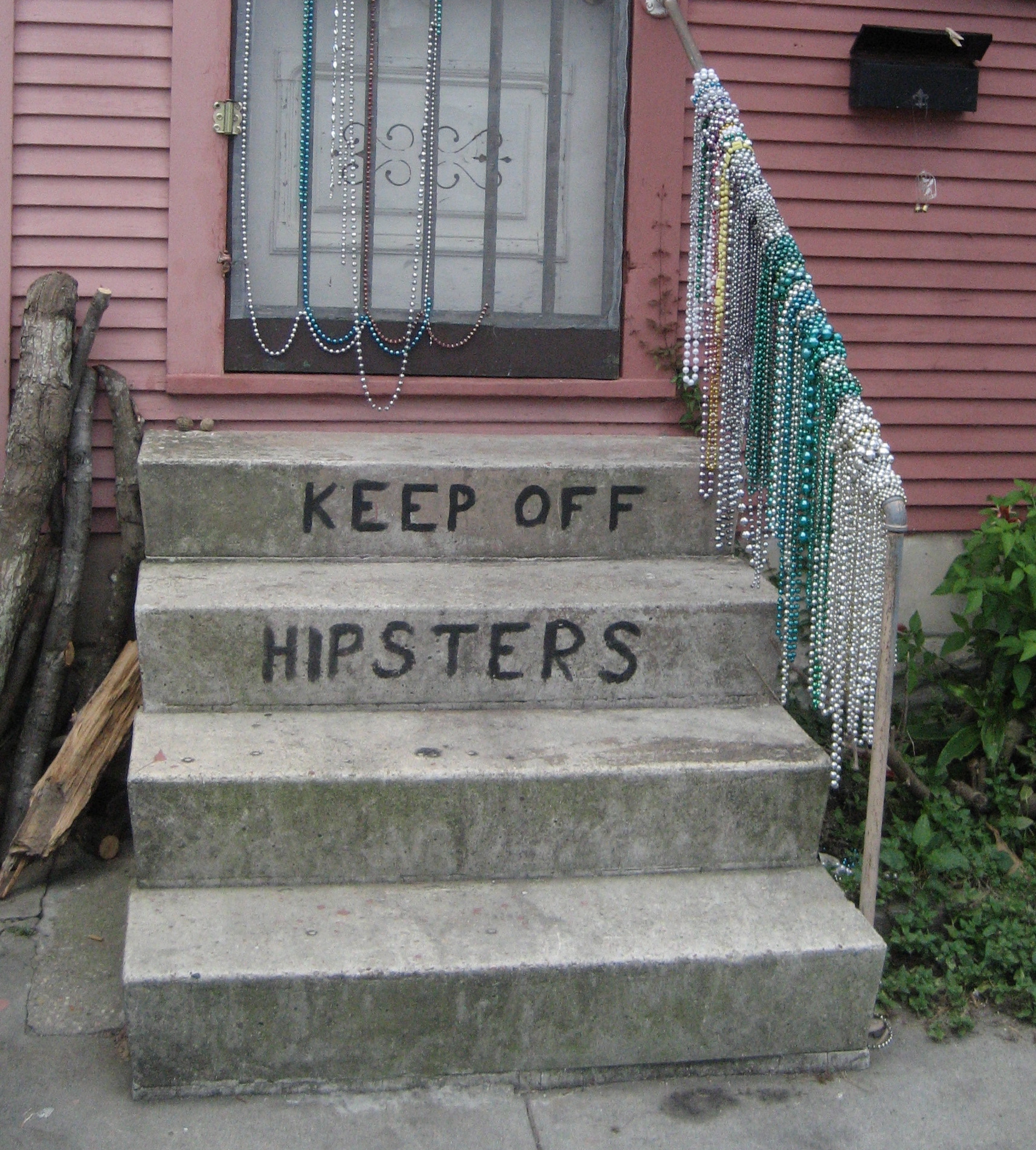1. The Price of Weed
Arguably our most successful map ever, and easily the most popular of 2011, at least 66,000 people have viewed this map on the blog -- not to mention all of the people who saw it in Wired Magazine and various other places around the web -- in just the four months or so since it was posted.
2. Preparing for the Zombie Apocalypse, Part I: Zombies or Old People?
 An analysis of the spatial distributions of zombies and old people showed significant clusters of old people in Germany and France, but revealed a fairly random pattern across the United States. Remember to take caution when zombie hunting, as we want to minimize possible damage done to grannies everywhere.
An analysis of the spatial distributions of zombies and old people showed significant clusters of old people in Germany and France, but revealed a fairly random pattern across the United States. Remember to take caution when zombie hunting, as we want to minimize possible damage done to grannies everywhere.3. Map of Per-capita Mobile Phone Subscriptions
Mark's map of mobile phone subscriptions across the world showed another slice of the digital divide: a country's wealth and ICT usage aren't universally correlated in the same way as, say, internet penetration rates, though the digital divide isn't always best measured at the aggregate level of the nation-state.
4. The Floatingsheep Take on Casual Sex
 Our take on OKCupid's assertion that searching for casual sex is correlated with higher GDP per capita around the world. Really, all we found is that European's are very interested in casual sex.
Our take on OKCupid's assertion that searching for casual sex is correlated with higher GDP per capita around the world. Really, all we found is that European's are very interested in casual sex.5. Data Shadows of an Underground Economy
Interestingly enough, a post with no real maps was the 5th most trafficked post of the year -- though Matt, Mark and Monica's paper on the role of volunteered geographic information in measuring illicit economies of marijuana trafficking is very interesting.
6. The (Expanded) Pop vs. Soda Debate
 Coke. Pop. Soda. Soft drink. We thought the debate would never end. Until we made this map. Oh, people still aren't done arguing about this?
Coke. Pop. Soda. Soft drink. We thought the debate would never end. Until we made this map. Oh, people still aren't done arguing about this?7. Santa vs. The League of Darkness
Despite a year of less Holiday-themed maps this time of year, the comparisons of references to Santa, Satan and Zombies quickly became on of the year's most popular posts. Got any suggestions for next year's maps?
8. Mapping Male Enhancement: Distorting Size the Old Fashioned Way
Another post featuring no original maps, this was our critique of a dubious map purporting to know the average penis size across the world. A funny thought, but also a teaching moment for why issues of accuracy and authority continue to be relevant to those studying the geoweb.
9. Rise of the Slacker Strata
 Though Monica's brilliant mashup of the Price of Weed and Beer Belly of America maps was only the 9th most popular post of the year, it has already been immortalized in a Floatingsheep t-shirt.
Though Monica's brilliant mashup of the Price of Weed and Beer Belly of America maps was only the 9th most popular post of the year, it has already been immortalized in a Floatingsheep t-shirt.10. Geographies of the World's Knowledge
 Some of Mark and Monica's work on mapping knowledge across the world -- from newspapers to academic publishers, to Flickr photos, Wikipedia entries and user-generated information in Google Maps.
Some of Mark and Monica's work on mapping knowledge across the world -- from newspapers to academic publishers, to Flickr photos, Wikipedia entries and user-generated information in Google Maps.11. Preparing for the Zombie Apocalypse, Part VIII: Voodoo
The final part of our extensive series on the virtual geographies of the zombie apocalypse, this post focused on the connections between zombies and their origins in Voodoo mysticism.
We expect 2012 to be another good year for us, so keep following the blog in the new year! And be sure to let us know if you have any suggestions for maps you'd like to see!





































